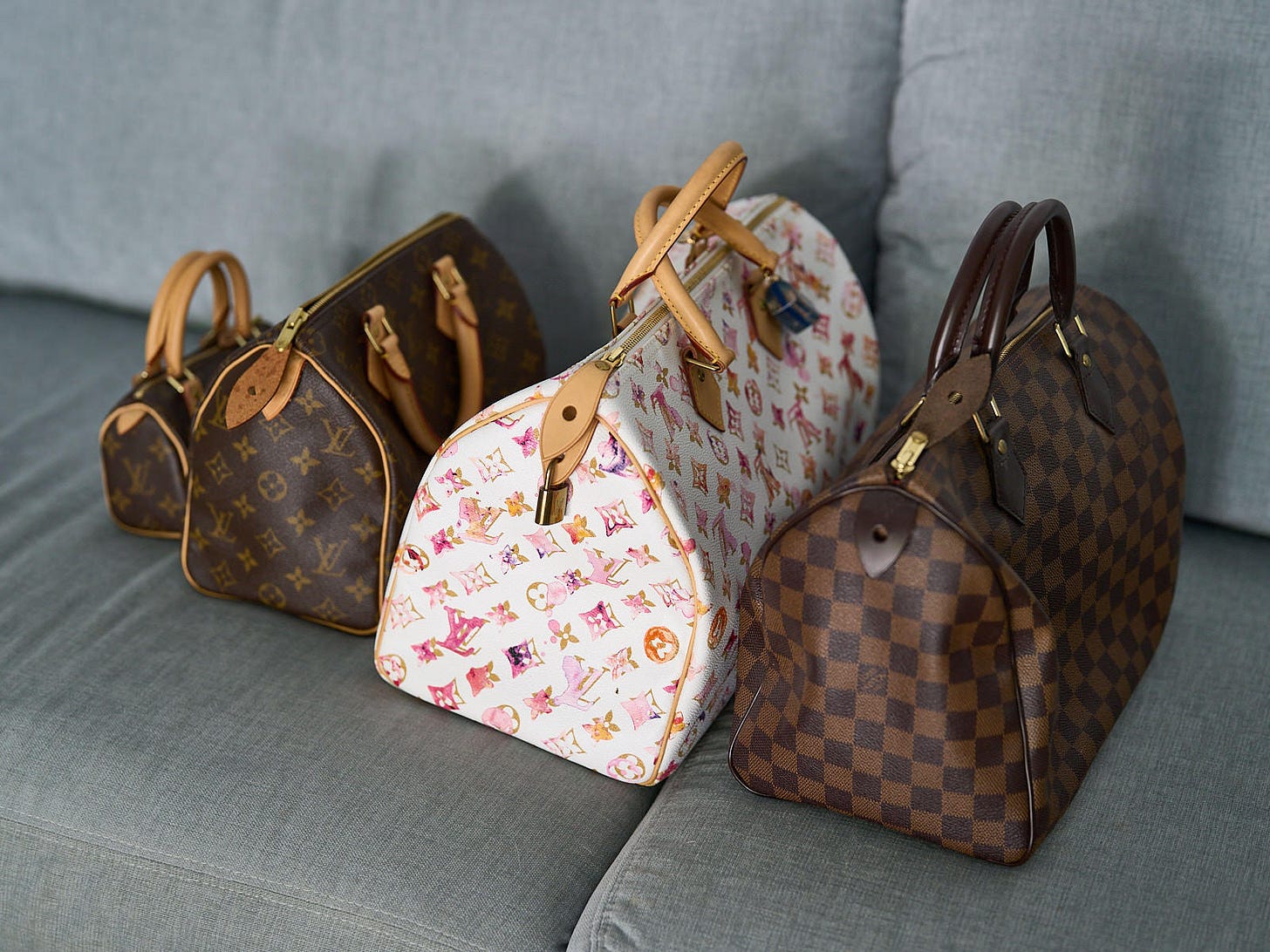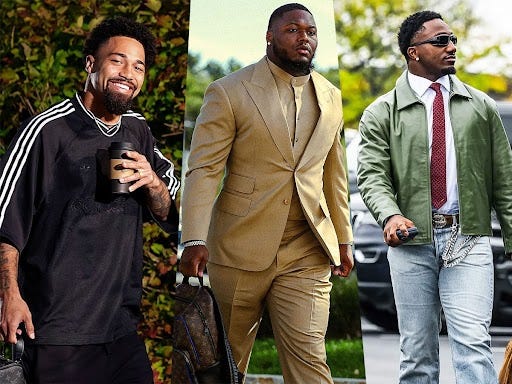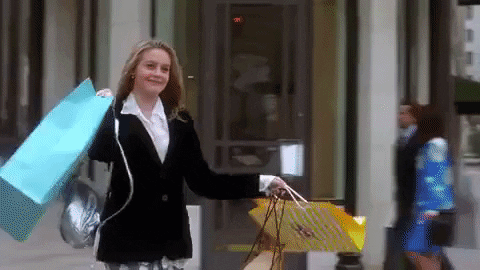Here’s a fun fact: back when my husband and I got engaged in 2017, he offered to buy me a classic Chanel Flap to celebrate the occasion—a gesture I politely declined. I never found the bag as charming as a Prada Galleria Saffiano mini, as cool as a Bottega Veneta Intrecciato, or—if I’m being honest—very “me.”
Turns out, the joke’s on me (and, unfortunately, on him). That same Chanel 11.12 Classic Flap bag, which retailed for just over $5,000 in 2017, is projected to cost over $11,000 in 2025—a staggering 120% price increase in just eight years.
The Bottega Veneta satin Knot clutch I ended up choosing has gone up, too—from just under $2,000 to a little over $4,000—but at a slower, far more reasonable pace compared to any Chanel or Hermès handbag. Across the board, though, luxury bags have become significantly more expensive, often outpacing even fine jewelry in terms of annual growth.

Why are bags doubling in price? And is this trend sustainable, or even justifiable?
Sure, the usual culprits—rising labor costs, inflation, materials—play a role. But they don’t account for the sheer scale of the price increases. On average, a luxury handbag might be expected to rise in price by about 10% per year, according to industry analysts. But what we’re seeing is closer to 100% in just a few years for some products.
The Pandemic Spending Boom and the Handbag Effect
According to retail research expert Gabriella Santaniello, the shift began with the pandemic. “Everyone was at home, not going on vacation or out to dinner, accumulating a lot of disposable income,” she says. “People needed something to spark joy and, suddenly, a $4,000 handbag didn’t seem so outrageous.”
Suddenly, explains the expert, folks were actually able to afford luxury goods.
“Demands for bags saw a surge that luxury companies weren’t prepared for, a fact that was seen in the resale market as well,” she says.
As any Econ 101 student can tell you, when demand skyrockets, so do prices. “People who never would have considered buying a Chanel bag were suddenly able to buy two,” says Santaniello.
But then came the backlash: if everyone could afford these luxury items, were they still… luxury?

To restore a sense of exclusivity, brands like Chanel deliberately hiked prices to re-establish scarcity and prestige.
“Chanel, for example, probably realized they weren’t that exclusive anymore and didn’t want all these people to have their bags,” Santaniello speculates. “The very idea behind the luxury market is that it’s not attainable by all.”
Exclusivity for Sale: The Psychology Behind Price Hikes
Antonio Rojas, founder of luxury menswear boutique Capelle in Miami, agrees that the price hikes are directly related to the perception of exclusivity, which is, in turn, related to social media.
“The rapid rise in handbag prices is directly tied to the influence of social media and the aspirational culture it fosters,” says Rojas. “Legacy luxury houses have strategically increased prices to appeal to high-net-worth individuals and elevate perceived exclusivity.”
Ironically and, perhaps, sadly, this strategy may have actually intensified demand among aspirational consumers who now view these price tags as symbols of belonging, not barriers.
But at what point does the price hike backfire? Do consumers eventually say, enough is enough?
It turns out, it depends on the brand. In informal conversations with acquaintances who each own three to ten luxury handbags, a pattern emerged: Hermès’ price hikes feel acceptable; Chanel’s feel excessive. Many noted they weren’t skipping Chanel because they couldn’t afford it, but because the markup felt ridiculous.
“I know about the crazy price increases on Chanel, so it’s hard to spend on a classic,” a friend of mine said to me. “Hermès, though, is an investment. I wouldn’t question the price.”

Santaniello echoes that. “Hermès increases prices slowly and steadily—5% to 10% a year. Chanel, on the other hand, has had years where prices jumped 15% or more, and multiple times within a single year,” she notes. “It’s not like they’re suddenly hand-sewing these bags!”
Chanel vs. Hermès: Two Pricing Strategies, Two Outcomes
And now, we’re seeing the effects. Chanel reported a 4.3% drop in revenue in 2024, from $19.7 billion to $18.7 billion. As a result, the brand will likely slow down its usual second price increase this year and announced a more modest hike of about 3%, citing global inflation as the benchmark. Chief Financial Officer Philippe Blondiaux confirmed this new direction, saying, “We intend to maintain more or less the same policy in 2025.”
Perhaps the clearest sign that the luxury bubble is reaching its limit is the resale market: Chanel bags have taken a noticeable hit, while Hermès pieces continue to hold—or even increase—their value.
Where Chanel bags once fetched close to retail on the secondary market, many now sell for 20–30% below retail, depending on condition and style. Hermès Birkin and Kelly bags, by contrast, remain in high demand and often resell for more than their original price.
Scarcity plays a big role. Walk into a Chanel boutique and you’ll likely find whatever bag you’re looking for. Hermès, on the other hand, has engineered demand by making its most coveted bags nearly impossible to get. Entire blogs and TikTok accounts are dedicated to the elusive process of acquiring a Birkin or Kelly.
The Future of Luxury: Intentionality Over Label Lust
Still, despite their desirability, Hermès bags have increased in price at a steady, industry-standard pace, not at the aggressive, multi-hike rate we’ve seen from Chanel. Clearly, there’s a ceiling—even for luxury.
Still, “reasonable” annual increases aren’t the same as lowering prices; don’t expect that to happen. After all, these companies aren’t just selling well-made products: they’re selling a lifestyle, a dream, and a sense of social elevation.

“The luxury fashion industry isn’t a conventional marketplace,” says Rojas. “It’s an ecosystem built around exclusivity, aspiration, and perception. There will always be a global 1% who can afford premium prices, and brands know this.”
That said, we may be seeing a subtle shift—not in how much consumers are willing to spend, but in what they’re willing to spend it on. The focus appears to be moving away from resale value and toward something more personal: brand ethos. “Consumers today want more than just a label,” says Rojas. “They want alignment. They’re seeking brands that reflect their values, taste, and lifestyle. The purchase of a luxury handbag has become more intentional, more informed. It’s not simply about the product; it’s about the story it tells about the person who wears it.”
In the end, a bag’s true value might not be in its price tag but in what it represents—and what it says about those who wear it.















What’s fueling the growth? Just one reason # corporate greed
Inflation continues to climb. Prez T is doing nothing about it. Prices of everything still going up and up.
Wow, look on EBAY recently? You can buy a Birkin preowned for much less than retail. Exclusive, nope!
Personally, I don’t buy second hand. So I don’t care about resale prices.
Interestingly enough a lot of gen z’ers I know are turned off by the prices of Birkins and all the rigmarole you have to do to get offered one you might not fully like, but have to accept cuz if not you’re off the list. It seems to conflict with their ethos of “I should be good enough as I am and I’m not going to jump through hoops to prove that” so I think the author’s last point is true at least in that microcosm. There was also that Chinese tiktok expose trend of the “luxury” production that seemed to turn off a bit of the general audience. I think in the long run if the cost of living crisis isn’t addressed you’re going to see a generational shift towards houses, travel, childcare, fat retirement accounts, etc as symbols of luxury that will hurt these brands
What’s fueling the growth? The people buying the bags. We set the market when we pay the prices. Stop buying.
If only more people would buy into this philosophy. However, if this happens it leaves the door open to those not willing to stop buying and they can buy more.
Demand. The way the market is churning out millionaires by the minute is fueling the demand. Until S&P crashes, this price increase is not stopping anytime soon. I’ll also offer that the resale platforms are assisting as well – all of a sudden, it’s so easy to turnover one’s possessions of value. After a season or two, you don’t like it anymore, so what, sell it and get something new. Not too long ago, unless you are super well off, you kinda are stuck with your luxury purchases, so one mulls over that decision more carefully.
Actually most luxury houses are posting negative results.
A 10% increase/year, as you say can be normal for luxury goods, will more than double over 8 years. Both the Chanel and BV you cite match that.
You’re certainly not wrong that the prices feel exorbitant, but that’s the “joy” of compound interest.